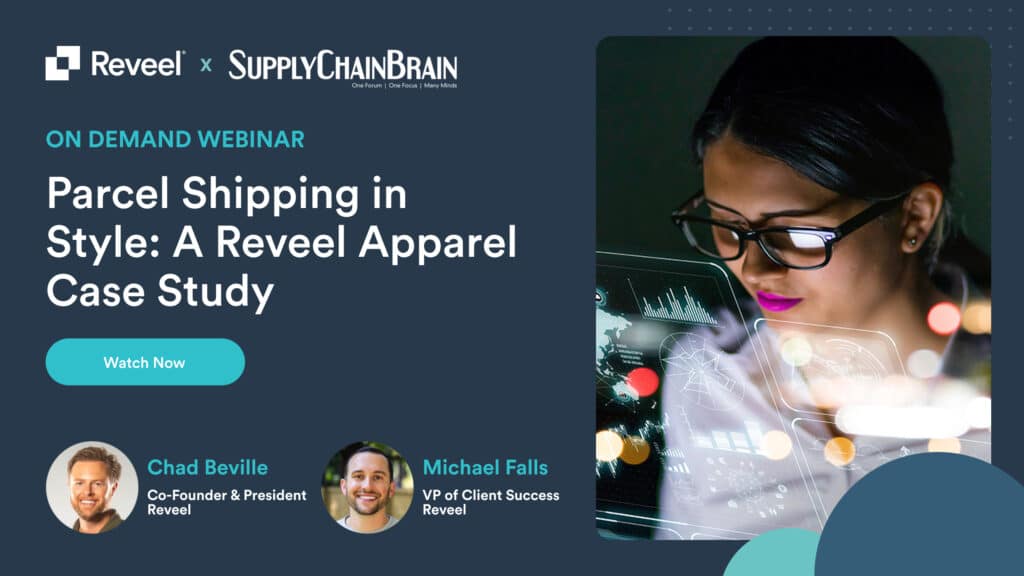Picture this: You have a record year in sales, but a pandemic sends shipping costs skyrocketing to the highest they’ve ever been. Do you jump at the first deal a shipping company offers? Or do you hold out and negotiate your way to an even better offer?
Mike Friery, Director of Operations at Redcat Racing, chose the latter.
Keep reading to see how we helped our client overcome significant challenges with dimensionally weighed packages and saved Redcat Racing $53,000 in annual shipping costs.
Who Is Redcat Racing?
Redcat Racing sells hobby-grade remote control cars, along with all the accessories and parts. Their mantra? Fast, affordable, and fun. If your kid drives theirs into a tree, Redcat Racing has the parts to fix it.
As you can imagine, with vehicles (and parts) ranging from 1/24 to 1/5 scale, their packages tend to be large and lightweight. What does this mean for their shipping costs? DIM weight pricing is a critical factor in their shipping costs.
What Is DIM Weight?
DIM weight, or dimensional weight, charges businesses based on the space the box takes up instead of the actual weight. DIM weight is calculated by multiplying the length by width by height and divided by a dimensional divisor. The current dimensional divisor for UPS and FedEx is 139. Shipping companies then charge whichever is greater, the actual weight or the dimensional weight.
For Redcat Racing, dimensional weight reigned.
Tough Negotiations
Last year, between the eCommerce boom and the pandemic, the shipping carriers realized how much power they truly possess—which made negotiations difficult.
“We wanted to get a deal done so we could start saving right away,” said Mike. “But we wanted to get the best deal we could get.”
So with Reveel’s help, Redcat Racing decided to entertain offers from both FedEx and UPS. Although they were a long-time customer of UPS, FedEx showed a lot of interest. And with large direct-to-consumer growth in light of the eCommerce boom, Mike knew it would take a great offer for them to make the switch.
“We’re really invested in UPS, so FedEx had to overcome the cost of us switching,” he said.
With Reveel’s guidance, Mike asked for FedEx’s best proposal—and it was a good one. But in the end, their relationship with UPS was more important. After multiple rounds of negotiation, UPS matched the deal.
“Without Reveel, it would have been very difficult to know what the best deal was,” said Mike. “They really took the stress out of it.”
The Savings
After lengthy negotiations, Redcat Racing ultimately stayed with UPS. They were able to drastically reduce their dimensional weight, saving them over $53,000 in annual shipping costs.
What does that mean for the company? More money toward shipping infrastructure.
“We’re going to spend money upgrading our software in our warehouse to be more efficient,” said Mike.
Why Work with Reveel?
Although Mike inherited the relationship with Reveel when he came into the director of operations role, he quickly realized the value in working with us.
It’s no secret that UPS and FedEx have their own terminology that can be very confusing for those outside the industry to understand. Between service fees and surcharges, what does that mean in real dollars?
The Reveel App uses AI and machine learning to provide an unparalleled look into what’s impacting your bottom line. Through invoice audits and rate modeling/simulations, you can see the health of your operation and assess pricing changes from parcel carriers like FedEx and UPS. Sign up for a free Reveel account today to see how you can leverage automation to synthesize your data, ship more for less, and reduce the time needed to identify issues and action items.





